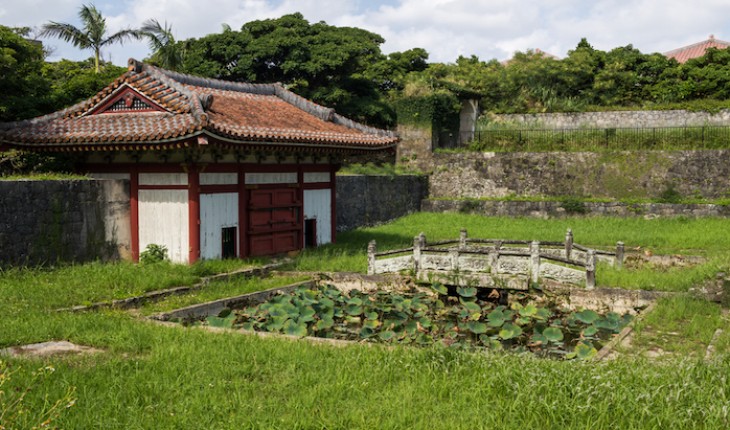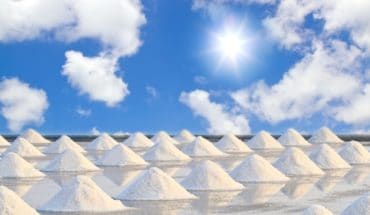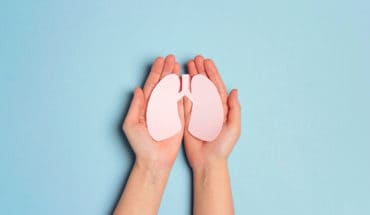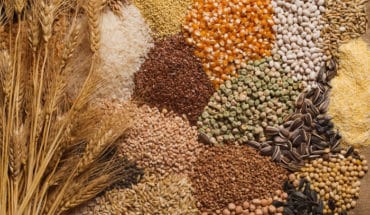Residents of the Japanese island of Okinawa have long enjoyed one of the longest life expectancies in the world. As well as having the highest population of centenarians, Okinawa also boasts low disability rates.
This has been largely attributed to the Okinawa diet which is nutrient and calorie-rich. Although it includes a relatively small amount of fish – less than half a serving per day – the daily diet consists of large amounts of various types of seaweed which are rich in minerals, dietary fibre and essential fatty acids.
Bitter gourd is one of the secrets to Okinawa longevity because it contains high levels of health-promoting phyto-nutrients.
Also known as momordica charantia, bitter melon, or bitter squash, or balsam pear, or karela in India, bitter gourd is an important part of Okinawa diet. In the UK, the raw fruit is available in specialty food stores but extracts and powdered formulations are most frequently used, although teas made from the stems and leaves are also consumed.
As well as being very low in calories, providing just 17 calories per 100g, it stimulates digestion, relieving indigestion and constipation problems.
Bitter gourd is also sometimes known ‘vegetable insulin,’ because it is traditionally used as a remedy for lowering blood glucose in patients with diabetes mellitus as it contains the phyto-nutrient polypeptide-P, a plant insulin known to lower blood sugar levels, as well as a hypoglycemic agent called charantin.
‘There is evidence from animal and human studies that bitter gourd extracts can lower blood glucose levels,’ explains Anthony Haynes, the author of The Insulin Factor & The Food Intolerance Bible. ‘A Superfood? Perhaps, but more to those whose blood glucose errs too high. However, it is a nutritious plant to include in the daily diet.’
One of the staples of Chinese and Japanese cuisine is tofu – the pressed curd of soya beans. Full of phyto-oestrogens, or plant hormones which mimic human oestrogen, it has been credited with helping to maintain the relatively low incidence of breast cancer in the Far East and other gynaecological cancers. There are many different varieties of tofu, including fresh tofu and tofu that has been processed in some way.
Tofu has a low calorie count, relatively large amounts of protein, and little fat. It is high in iron and, depending on the coagulant used in manufacturing, may also be high in calcium and magnesium.
Like tofu, tempeh is made from soybeans, but it is a whole soybean product.
In traditional Chinese medicine, soy is used to treat fevers, headaches, chest congestion, and hyperactivity. Soy is also considered a general tonic for treatment of the lungs and the stomach.
‘Isoflavones such as genistein and daidzein are believed to have oestrogen-like effects in the body, and as a result are sometimes called “phytoestrogens”’, explains Haynes.
‘In Japan, dietary levels of isoflavones are estimated to be between 20-80mg per day as opposed to less than 1mg daily in North America. Maximal health benefits from phytoestrogen-rich foods, as typically eaten in Japan, are more likely to occur from regular and lifelong consumption.’
Soy isoflavones can protect against hormone-related diseases such as breast and prostate cancer, but they have also been shown to lower cholesterol and the risk cardiovascular disease, as well as promote bone health.
- Okinawa – the secrets of longevity - 3rd April 2016






